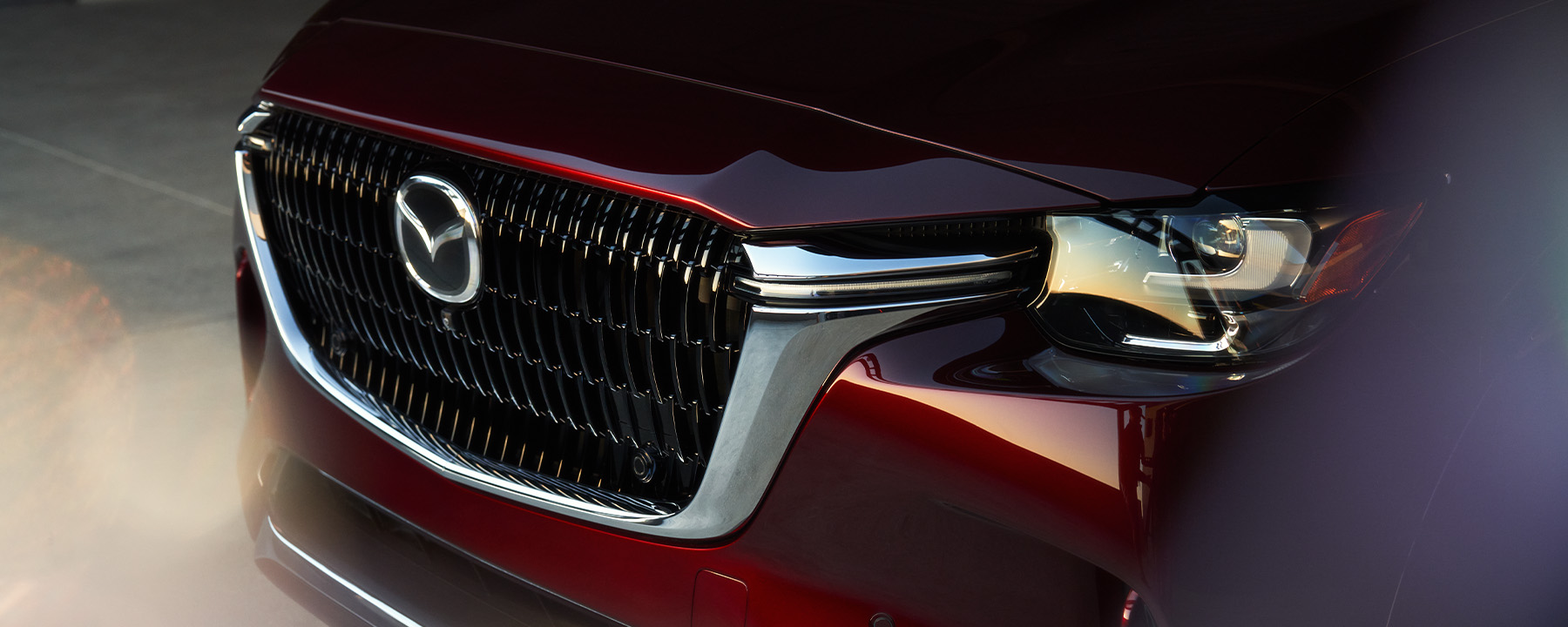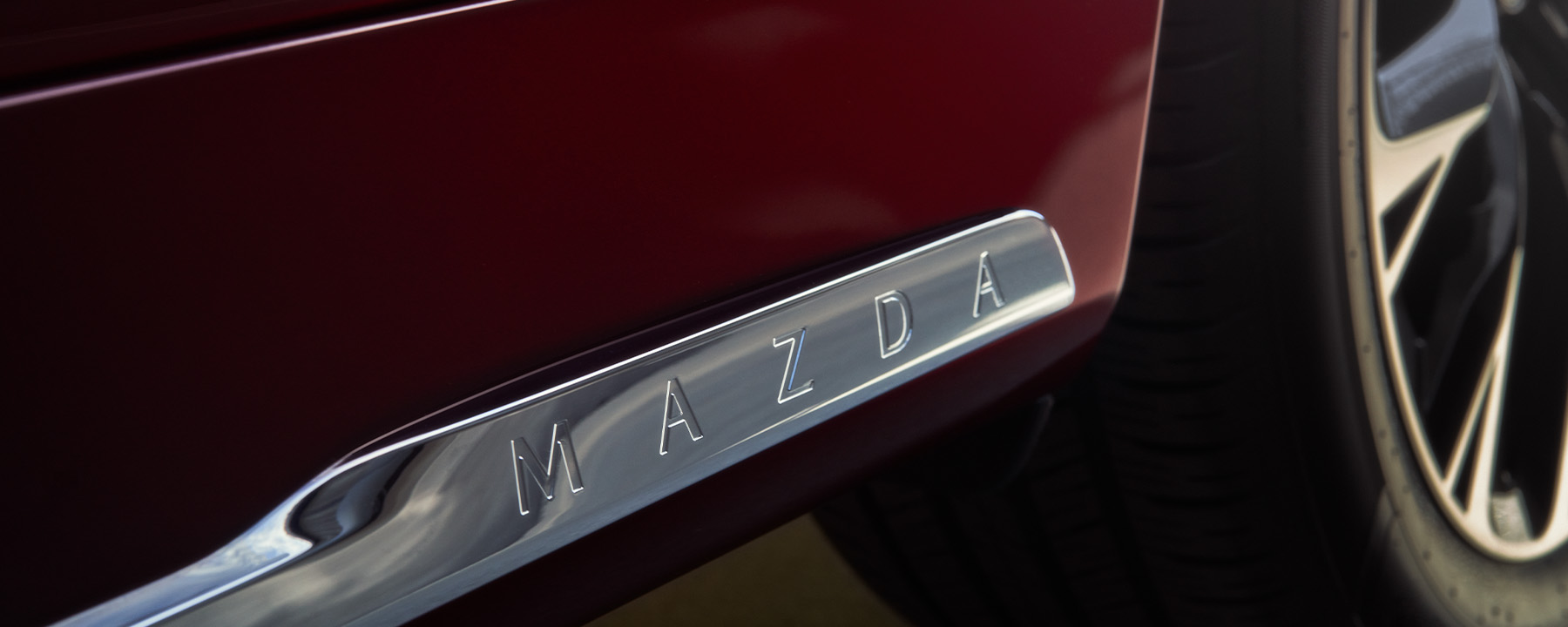A Routine Maintenance Checklist for Your Vehicle

Routine maintenance is an essential part of car ownership. Regularly servicing your car helps prevent issues and keeps your vehicle running smoothly. But what should you be keeping an eye out for? How often should you check on how your car is running? And when should you have a professional mechanic inspect your vehicle?
While your owner's manual (OM) should be your ultimate reference for routine car maintenance, we’ll go over generally accepted guidelines that can help you extend the lifespan of your vehicle.
Car maintenance checklist
Certain components of your vehicle will need to be checked more frequently than others, depending on their durability and how often they’re used. Some people prefer to go by time-based intervals (e.g., every 3 months), while others go by distance (e.g., every X miles). Since the average driver travels around 1,100 miles per month, many auto repair shops, as well as the Car Care Council, group these intervals together (e.g., every 3 months/3,000 miles, every 6 months/6,000 miles, etc.).
For continuity, we’ll be following these standard guidelines — however, remember to consult your vehicle’s Owner’s Manual for recommendations specific to your vehicle.
For a closer look at maintenance considerations particular to EVs, please refer to our EV Maintenance Guide.
Check the following at least monthly:
- Lights: Walk around your vehicle and inspect all exterior and interior lights, including headlights, taillights, brake lights, dashboard indicator lights, license plate illumination, and turn signals. Replace any lights that are out, as this can make it hard to see at night and cost you a ticket.
- Tires: Check tire pressure and inspect tire treads for wear and tear. Properly inflated tires can optimize fuel economy and handling as well as help reduce the risk of tire failure.
- Windshield: Replace wiper blades if they are damaged or not cleaning the windshield effectively. Refill windshield wiper fluid if you’re running low. This will help to wipe off rain, snow, and accumulated dust and debris more efficiently for better road visibility. Small stone chips and cracks tend to get larger if not addressed promptly.
- Engine oil and filter: Regularly change your engine oil and oil filter. Clean oil ensures the proper lubrication of all moving components, enhancing engine performance and keeping it running smoothly.
Every 3 months or 3,000 miles:
Note: From this point onward, many maintenance tasks are outside the comfort zone of most car owners, but these items should be included during typical service checkups.
- Engine oil and filter: Regularly change your engine oil and oil filter. Clean oil ensures the proper lubrication of all moving components, enhancing engine performance and keeping it running smoothly.
- Battery health: Open the hood of your car and inspect the battery for corrosion. If you notice corrosion and know how to clean the battery terminals properly, do so. Otherwise, take your vehicle to a mechanic. Your mechanic should check the electrolyte levels as well (if applicable).
- Belts: Serpentine belts (or V-belts in older models) play a vital role in driving various engine components, so any sign of damage should be immediately addressed. Your mechanic should check and replace any belts that have cracks, fraying, and other indications of wear, as this can lead to overheating, A/C failure, and further internal damage.
- Exhaust system: A well-maintained exhaust system removes spent gasses from the engine more efficiently. Your mechanic should visually inspect the exhaust system for any signs of damage or rust perforation.
- Hoses: Hoses carry essential fluids, such as coolant and brake and power steering fluid, and any deterioration can lead to leaks and engine issues. During your service appointment, a mechanic will check hoses for leaks, bulges, or cracks and replace them if damaged.
- Power steering fluid: Adequate power steering fluid is crucial for smooth steering and maneuverability. Your mechanic should check the power steering fluid level and condition. (You can also do this if you know how — many Owner’s Manuals show how to take care of this.)
Every 6 months or 6,000 miles:
- Brakes: Have your vehicle’s brake pads, rotors, and brake fluid levels checked, as malfunctioning brakes pose a dangerous safety risk.
- Chassis lubrication: Proper lubrication reduces friction and wear in the suspension system, ensuring a smoother and more comfortable ride. Have the chassis lubricated as recommended by the vehicle manufacturer.
Every year or 12,000 miles:
- Coolant: You or a trusted mechanic should check coolant levels. You’ll also want to have the cooling system inspected for leaks, as this can contribute to your engine overheating.
- Cabin air filter: Have the cabin filters replaced to maintain clean and fresh air inside the vehicle.
- Engine air filter: Replacing the air filter keeps debris and pollutants out of your engine, optimizing fuel economy and performance.
- Suspension system: The suspension components, including shocks, springs and struts, should be inspected for signs of wear or damage, as these can affect your vehicle’s braking, handling, and stability.
- Wheel alignment: If your vehicle tends to steer to one side, or if you notice abnormal tire wear, it’s time to take it to a mechanic, who will check and adjust the alignment of your wheels.
Every 2 years:
- Automatic transmission fluid: Transmission fluid keeps your gears shifting smoothly and helps to keep the transmission from overheating. Have transmission fluid topped up as per the manufacturer's recommendations.
- Spark plugs: If your car is having trouble starting, doesn’t idle smoothly or your vehicle’s fuel consumption has changed, your spark plugs might be to blame. Replacing them as called for by the manufacturer (typically around 30,000 or 100,000 miles depending on your vehicle) reduces the likelihood of having this issue.
Long-term maintenance
- Tire changes: Replace tires every 6-10 years to reduce the risk of failures and flat tires. The frequency will depend on the vehicle mileage and wear and tear on the tires. New tires may also improve your vehicle’s fuel economy.
- Car washes: Keeping your car clean inside and out can prevent other components from degrading faster. For instance, dirt, tar, bird poop etc, can affect the pain, damage seals and cause rusting to occur. Clean the car yourself and you’ll notice things like window chips or abnormal tire wear (where the car wash won’t).
- Battery replacement: Even if your battery appears to be in good condition, it’s best to consider swapping it at 3-5 years, especially if a severe winter or summer is approaching.
Signs your vehicle needs maintenance
Your vehicle will usually inform you when maintenance is needed sooner than expected. However, if you encounter the following issues, you’ll need to resolve them immediately:
- Strange noises: Unusual sounds coming from the engine, brakes , or any part of the vehicle should be investigated promptly.
- Dashboard warning lights: If any warning light on the dashboard is illuminated, have the vehicle inspected by a professional mechanic ASAP. A “check engine” light can be checked free by many auto parts stores and could be something simple like a loose gas cap. A blinking/flashing red light indicates a more serious issue.
- Vibrations: Excessive shaking or vibrations while driving may indicate an issue with the tires, suspension, or alignment.
- Decreased performance: If your vehicle experiences a significant decrease in performance or fuel economy, it's time for a thorough inspection.
- Hard shifting: Your transmission should be shifting smoothly, so anything that makes your car feel jerky needs attention.
- Delayed starting: If your car is taking too long to start up or won’t start up at all, this needs to be checked out.
A good rule of thumb: If you notice something peculiar at all about your vehicle or its performance, it’s best to have a mechanic look at it to rule things out.
How often should I get my vehicle inspected?
Determining the ideal inspection frequency for your vehicle involves considering several factors.
- State regulations: Know your state's laws and regulations regarding safety and emissions inspections, which may require annual or biennial checks.
- Driving habits: If you make many short trips, your car may need inspection or service at the same time as one racking up very high mileage in the same time frame.
- Driving conditions: Extreme temperatures, rough or unpaved roads, and harsh weather can accelerate wear and tear, warranting more vehicle maintenance.
Even if you’re confident servicing your own car, it’s best to take your vehicle to a professional mechanic at least once a year, as they can offer a deeper assessment and use specialized tools to detect potential issues early on.
As stated, always consult your Owner's Manual for manufacturer-recommended inspection and maintenance intervals, as it provides specific guidelines tailored to your vehicle and its use.

Servicing your Mazda vehicle
Mazda offers several convenient tools and services to help owners keep up with their vehicle’s maintenance schedule, including the MyMazda app. From a single platform, users can review their vehicle’s service history and repair records, giving them a comprehensive overview of their car's health and ensuring they stay on top of any recurring issues. Users can also schedule a car check-up directly from the app, making it easier to follow through on maintenance needs.

To help users get to know their vehicle better, MyMazda app offers a library of interactive guides and demos to teach owners about the full suite of features their vehicle offers.
For a detailed look at your Mazda’s maintenance guidelines, you can find Mazda manuals online, or look below for our latest models.
Mazda: Let nothing stand between you and your drive
Maintaining your vehicle is crucial for its longevity, safety, and performance. No matter who builds your car, your Owner's Manual is your best ally in keeping your car in top shape.
At Mazda, we help you stay proactive and keep your vehicle at its peak to enjoy every journey to the fullest. The service team at your Mazda Dealer has been trained to provide you with exceptional service and ensure that your vehicle is performing at its best, so that your next adventure is filled with only good surprises – not bad. We also offer prepaid service plans and work with genuine Mazda parts.
To get started, schedule a service at a local dealer near you.
Or if you suspect your vehicle is past its prime, check out the Mazda lineup and start building your dream car online today.
This article is intended for general informational purposes only and is based on the latest competitive information available at the time of posting. Information herein is subject to change without notice and without Mazda incurring any obligations. Please review a variety of resources prior to making a purchasing decision. Visit Resource Center for more articles.





















